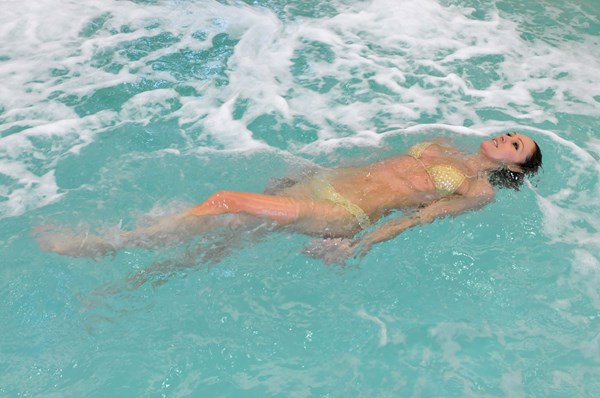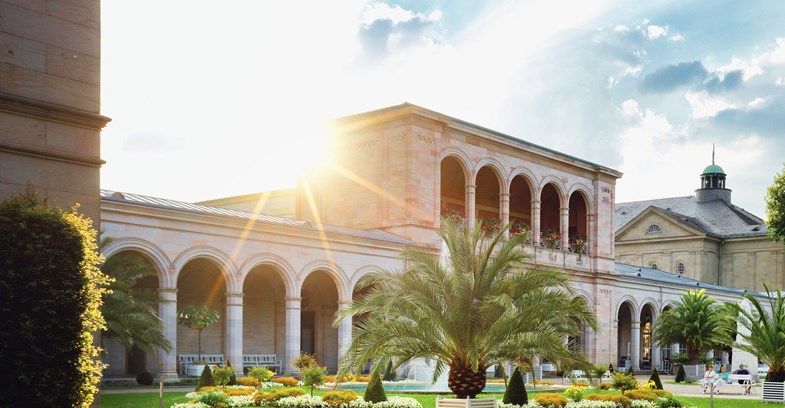Spa History of Montecatini Terme
Early Beginnings
The origins of the exploitation of the waters of Montecatini Terme dates back to at least Roman times, as evidenced by some votive statuettes of that period found near the current crater of the Terme Leopoldine. The first written record of the spa dates from 1201, when the springs are mentioned in a parchment from Lucca. In a document of 1370 reference is made to the extraction of salts from the mineral waters, for food use. Even the famous Tuscan merchant Francesco di Marco Datini (1335-1410) was familiar with Montecatini thermal waters and their properties. The historic mountain top village of Montecatini Alto has medieval origins, although part of its history ended in 1554, when the castle was destroyed by Cosimo I de'Medici, grand Duke of Tuscany (1519 -1574).
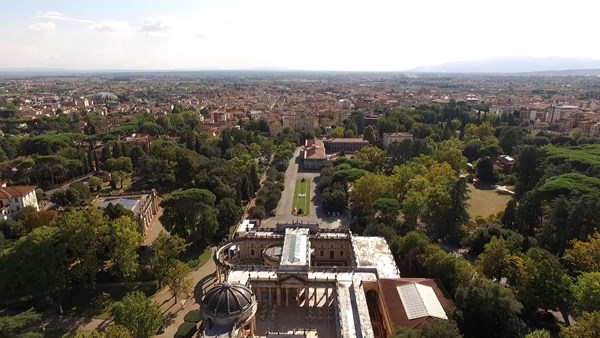 Golden Age
Golden Age
The first urban settlement and structure of Montecatini Terme was sketched out at the behest of the grand Duke Leopold of Lorraine (1747-1792) towards the end of the 18th century. The thermal town is perfectly integrated into the landscape with the great Tettuccio tree lined Avenue, now Viale Verdi, the promenade which connects the main spa buildings (such as the Tettuccio, rebuilt in 1928, the Palazzina Regia, the Locanda) and the optical "cone" pointed towards the ancient hill village of Montecatini Alto; reachable with the funicular built in 1898.
The design of the town, located in a wide valley, with its extensive parks helps to create an exceptional architectural and green background.
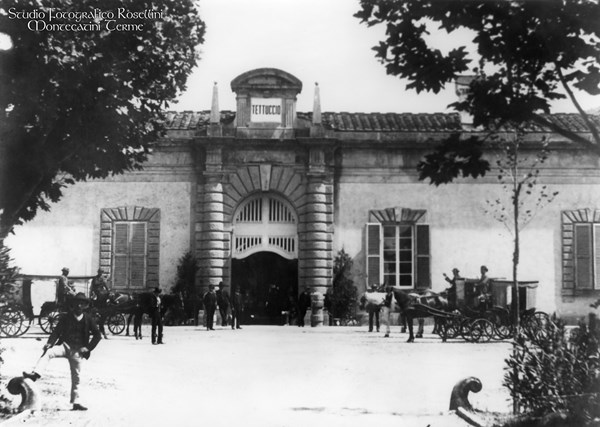 “The Peak Period”
“The Peak Period”
Gradually developed during the 19th century, Montecatini Terme reached its peak with the development of the “Pineta” spa park, the spa buildings Excelsior and la Torretta, the Kursaal complex. These buildings, together with private villas for medical doctors from the spa and tourists were linked to the current of eclecticism and Art Nouveau.
An important contribution was made by the architect Giulio Bernardini who designed many thermal buildings and the context in which they fit, but also by Ugo Giovannozzi, an engineer, who worked on many projects for the town.
During this period, Montecatini Terme gained a particular reputation a a place to enjoy a pleasant stay, in order to get the cure, but also for attending artistic and entertainment events.
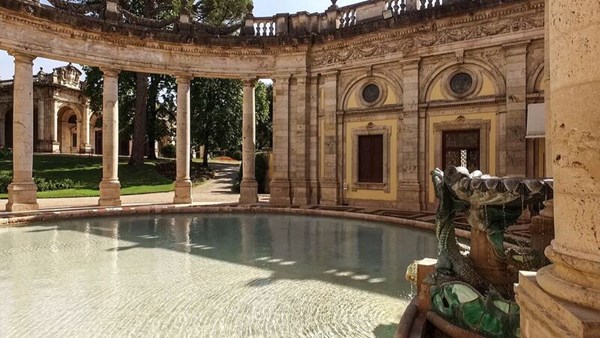 The City Nowadays
The City Nowadays
Currently four historical Springs are still in use: Tettuccio, Regina, Leopoldine, Rinfresco.
New treatments are now available, not just based around “drinking waters”, but also bathing activities and treatments: hydroponic treatments, mud baths, ozonized baths, massages, inhalation and beauty treatments to mention just a few.
Today this Great Spa Town maintains the atmosphere of the beginning of the 20th century, at the peak of its greatest development.
